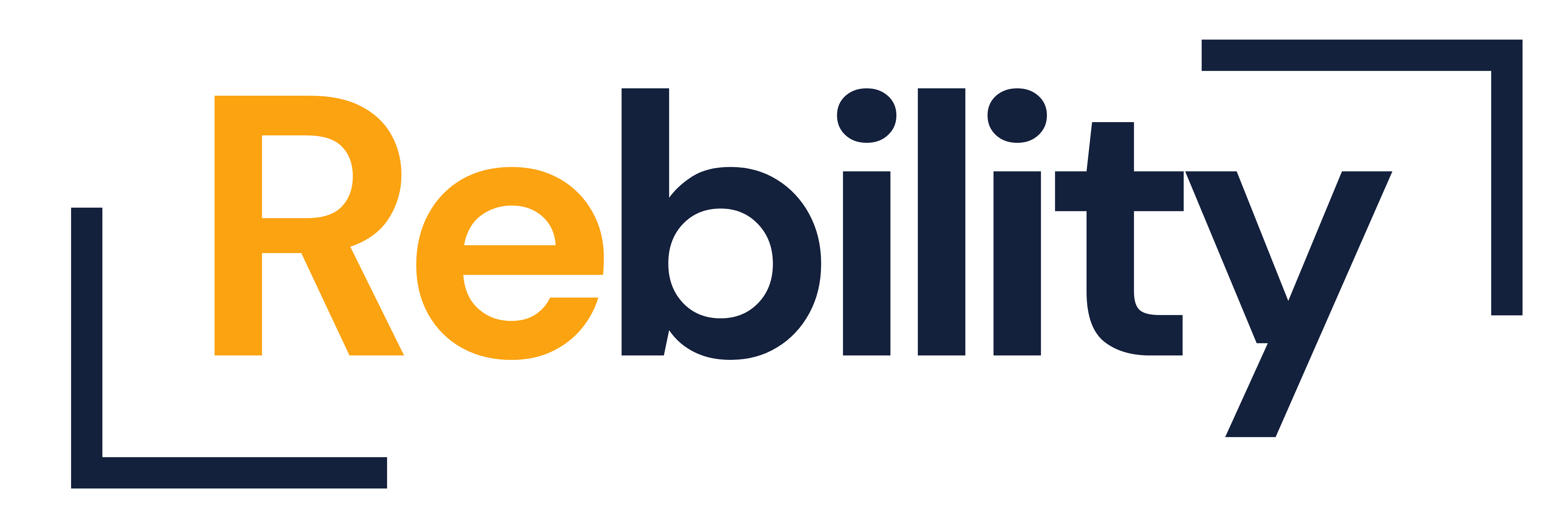
The Importance of Collaboration in Workplace Injury Management
Managing workplace injuries effectively requires more than medical treatment or rehabilitation plans—it demands collaboration. Workers, employers, and healthcare providers must work together to ensure recovery is smooth, timely, and sustainable.
Collaboration enhances the return-to-work (RTW) process by addressing physical, psychological, and social factors holistically. When all stakeholders communicate openly and align their efforts, recovery outcomes improve, and workplace disruptions are minimized.
In this blog, we’ll explore why collaboration is essential in workplace injury management, its benefits, and actionable strategies to foster effective teamwork among stakeholders.
1. Why Collaboration is Essential in Workplace Injury Management
Breaking Down Silos
Traditionally, workplace injury management often operates in silos, with limited communication between stakeholders. This fragmented approach leads to delays, misunderstandings, and missed opportunities for better outcomes.
Benefits of Collaboration:
- Improved Recovery Times: Aligning medical care with workplace adjustments accelerates recovery.
- Increased Worker Confidence: Workers feel supported when all stakeholders are invested in their recovery.
- Streamlined Processes: Clear communication reduces redundancy and enhances efficiency.
Fact: According to research, collaborative injury management reduces RTW delays by up to 25%.
“Effective injury management solutions involve collaboration between workers, employers, and healthcare providers to ensure sustainable recovery outcomes.”
2. The Role of Each Stakeholder in Collaboration
Workers
- Responsibility: Openly communicate their limitations, progress, and concerns.
- Benefit: Workers who actively engage in their recovery feel empowered and recover faster.
Employers
- Responsibility: Provide workplace accommodations and maintain regular communication.
- Benefit: Employers who support recovery foster loyalty and minimize productivity losses.
Healthcare Providers
- Responsibility: Deliver evidence-based care and guide the RTW process.
- Benefit: Collaborating with employers ensures that care plans align with workplace needs.
Example: A worker recovering from a shoulder injury collaborates with their employer to modify lifting tasks while their physiotherapist designs an exercise plan for recovery.
3. Communication: The Backbone of Collaboration
Why Communication Matters
Clear and consistent communication among stakeholders reduces misunderstandings and fosters trust. Workers feel heard, and employers can align workplace adjustments with medical advice.
Best Practices for Communication:
- Regular Check-Ins: Schedule weekly updates between workers, employers, and healthcare providers.
- Centralized Documentation: Use shared platforms to track progress and updates.
- Transparent Expectations: Clearly define each stakeholder’s role in the recovery process.
4. Actionable Strategies for Effective Collaboration
1. Establish a Recovery Team
- Involve supervisors, HR, and healthcare providers to coordinate efforts.
- Assign a case manager to oversee the process.
2. Create Tailored Recovery Plans
- Develop plans that align with the worker’s abilities and job requirements.
- Set SMART goals (Specific, Measurable, Achievable, Relevant, Timely).
3. Invest in Training
- Train managers on how to support injured workers.
- Offer mental health first aid training for teams.
Rebility’s Role: Our evidence-based workplace rehabilitation services foster collaboration by integrating tailored plans and ongoing communication.
5. The Benefits of Collaborative Injury Management
1. Enhanced Recovery Outcomes
- Workers recover faster when stakeholders align their efforts.
2. Reduced Workplace Disruptions
- Effective collaboration minimizes the need for temporary replacements or workflow adjustments.
3. Cost Savings
- Fewer delays and efficient resource use lower injury-related expenses.
Studies show collaborative injury management decreases medical costs by 20%.
Conclusion
Collaboration is the cornerstone of successful workplace injury management. By fostering teamwork between workers, employers, and healthcare providers, you can enhance recovery outcomes, reduce disruptions, and create a culture of support.
At Rebility, we specialize in creating collaborative, evidence-based rehabilitation programs tailored to your team’s unique needs.
Contact us today to learn how our injury management solutions can transform your workplace recovery process.
Other Posts
How SMART Goals Can Revolutionize Your Return-to-Work Plan
How SMART Goals Can Revolutionize Your Return-to-Work Plan "Setting effective, measurable goals for sustainable recovery success."The journey back to work...
Understanding Biopsychosocial Factors: The Key to Sustainable Workplace Recovery
Understanding Biopsychosocial Factors: The Key to Sustainable Workplace Recovery Injury recovery isn’t just about physical healing—it’s a complex process influenced...
How Early Intervention Speeds Up Recovery and Reduces Workplace Disruptions
Elementor #553 Workplace injuries are a reality that both employers and employees must navigate. The sooner these injuries are addressed,...




